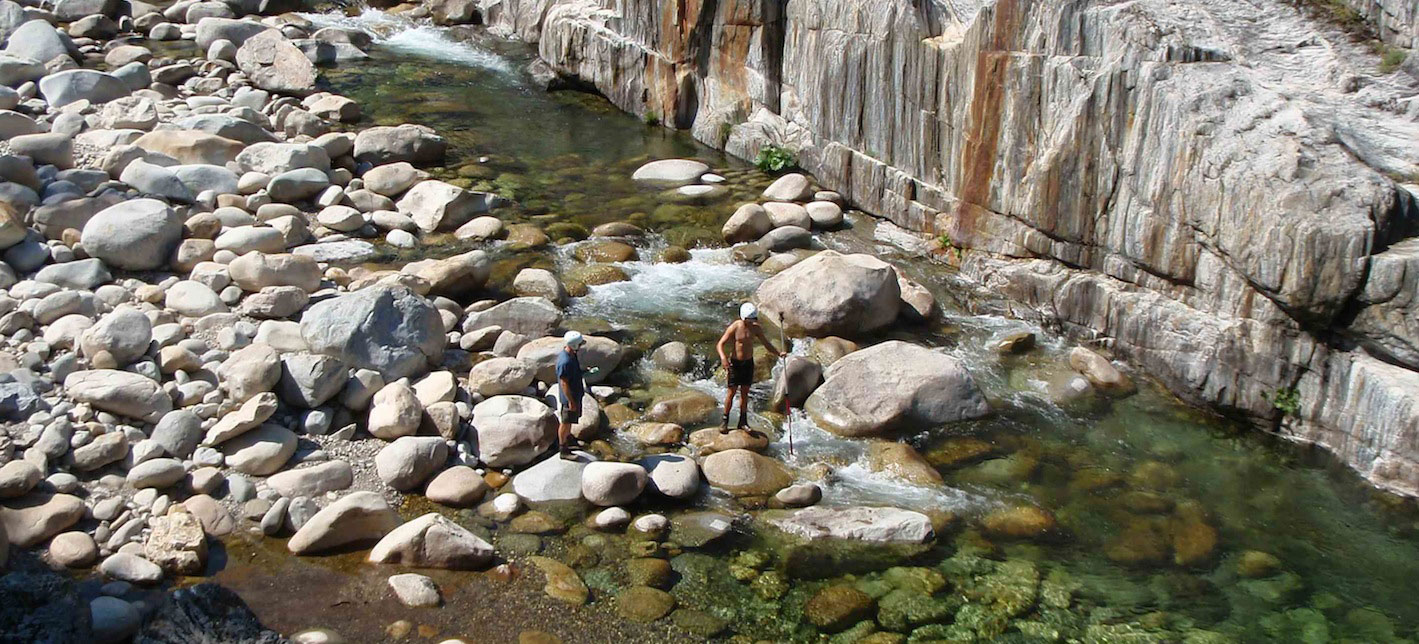Chapter 11
Hydrology of tidal wetlands
Outline:
- Definition and causes of tides
- Tidal frequencies
- Physical controls on estuary morphology
- Geomorphology of freshwater versus salt tidal marshes
- Water balance for tidal wetland
- Tidal wetland hydrodynamics
- Tidal channel morphology
- Tidal wetland evolution
Course Reader:
- Chapter 4 (p. 67-102) of Mitsch, W. J. and Gosselink, J. G. Wetlands. Van Nostrand Reinhold, New York.
Video Podcast: Hydrology of Tidal Wetlands, part 1
This 30-minute presentation introduces tides and explains the hydrogeomorphic context of estuaries and wetlands in general.
- 640 x 480 (480p) format that balances speed and quality. (422 MB file)
- 1920 x 1280 (HD) format that provides larges size and best quality. (2.1 GB file)
Video Podcast: Hydrology of Tidal Wetlands, part 2
This 41-minute presentation explains essential hydrogeomorphic processes in salt marshes and tidal freshwater marshes, and then goings into substantial detail about the hydrology and hydrodynamics of tidal freshwater marshes.
Errata: On slide 11-26, for a complete water balance there should be groundwater influx and groundwater outflux terms on that slide. That would be the correct form of the water balance for that. Whether a system is connected to the GW table or not, there is still flux. Flux means that water is flowing from a zone of high pressure to a zone of low pressure, essentially. In a tidal context like the one shown in that image, GW is probably moving into the wetland from the surrounding land, and then it is plausible that some GW is also moving out down the estuary under the sediment, especially at low tide. GW exchange in tidal wetlands is poorly studies, but there was a scientist named Judson Harvey who did some cool work on it.
- 640 x 480 (480p) format that balances speed and quality. (595 MB file)
- 1920 x 1280 (HD) format that provides larges size and best quality. (3.3 GB file)


